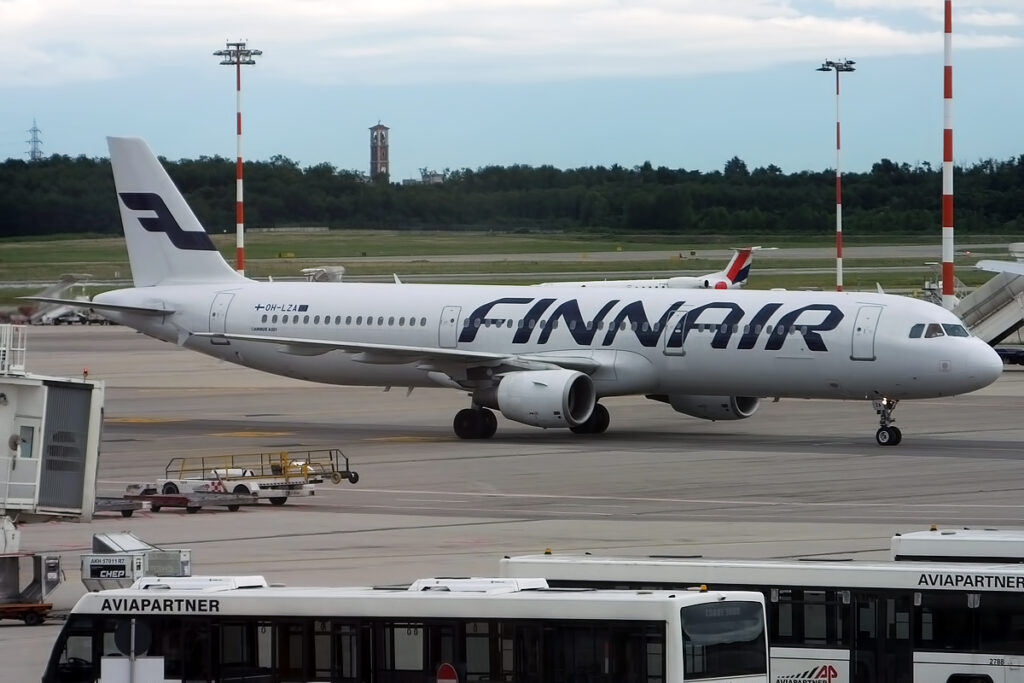In a new agreement between Finnair management and the airline’s cabin crew, the national flag carrier has reach a conclusion to end the subcontracting plan for inflight services on routes to the USA and Thailand.
As a result of the agreement, a new saving plan has arisen, with a validity until the end of 2025. The carrier has earlier agreed on savings with pilots, cabin crew, employees and engineers, accounting for 87% of Finnair’s personnel.
The agreement details
November 2022 saw the Finnish flag carrier, Finnair, end negotiations with a new plan, cutting 150 jobs as a result of the Russian airspace closure. The idea behind the plan was to restore Finnair’s profitability.
As of March 15, the carrier and its cabin crew have come to a savings agreement. This further concludes the change plan, as well as discontinuing the subcontracting plan for inflight services on North American and Thailand routes. The agreement will be valid until the very end of year 2025.
Included in the cabin crew agreement are an increase the cabin crew’s usage efficiency, changes to long-day compensation, as well as changes to the crew layover hotel rules.
With this agreement, Finnair’s cabin crew is well included in the carrier’s staff incentive plan for 2023-2025, as are the other employee groups who have made agreements.
Finnair has earlier agreed on a savings plan with their pilots, senior white-collar employees, engineers and Japan – Korea based cabin crew.
Alongside this, Finnair also made local agreements which will increase efficiency in Finnair’s Technical Services and different ground operation units. In total, the agreements cover 87% of Finnair’s personnel.
Statement
Commenting on the new agreement is Johanna Karppi, Senior Vice President, People and Culture at Finnair, who said the following:
“The double crisis caused by the covid-19 pandemic and the closure of Russian airspace has had a major impact on Finnair’s finances.”
[monsterinsights_popular_posts_inline]
“The agreements with our employees support our important goal of restoring profitability. We are grateful that our employees have been willing to contribute to solving our profitability challenge to safeguard the future of Finnair and jobs at Finnair.”
Finnair’s February statistics
February saw Finnair carry 823,500 passengers, setting an increase mark of 85.9% compared to the same time last year, and 0.9% more than in January 2023.
As the world sees the impacts of Covid-19 slowly fading, Finnair’s passenger traffic figures improved year-on-year.
The negative impact of the Russian airspace closure on Asian passenger traffic figures was, however visible in February compared to the pre-pandemic figures.
Overall, Finnair measured an increase in ASK year-on-year of 24.8% in February, but saw a decrease of 7.7% month-on-month. Finnair’s traffic, measured in Revenue Passenger Kilometres (RPKs), saw an increase of 114% year-on-year, but also a decrease in 3.8% month-on-month.
Along with this, the Passenger Load Factor (PLF) increased by 31.4% points year-on-year, and by 3.1% points month-on-month to 75.2%.
The ASK increase in Asian traffic was 38.1% year-on-year, meanwhile the North Atlantic capacity decreased by 44.7% as the operations between Stockholm and the North American destinations were terminated at the end of October 2022.
Finnair’s European traffic saw ASKs up by 31.1%, with the Middle Eastern capacity seeing an increase of 555.1% due to the Qatar Airways cooperation which commenced in November 2022. The ASKs in domestic traffic also increased by 51.3%.
The Asian market also experienced an RPKs increase by 225% year-on-year, and the North Atlantic traffic increasing by 30.2%. In European traffic, RPKs increased by 63.1%, in Middle Eastern traffic by 646.6% and in domestic traffic by 50.1%.
February also saw a huge improvement in Passenger Load Factor for the Asian traffic, as much as 76.1%. The North Atlantic traffic came in at 59.5% year-on-year, and the PLF was 79.0% for European traffic, 78.1% in Middle Eastern traffic and 73.0% in domestic traffic.
Finishing it off, passenger numbers saw a noteable increase in Asian traffic by 222.3% year-on-year and in North Atlantic traffic by 27.1%. In European traffic, passenger numbers increased by 72.3%, in Middle Eastern traffic by 623.4% and in domestic traffic by 61.4%.









